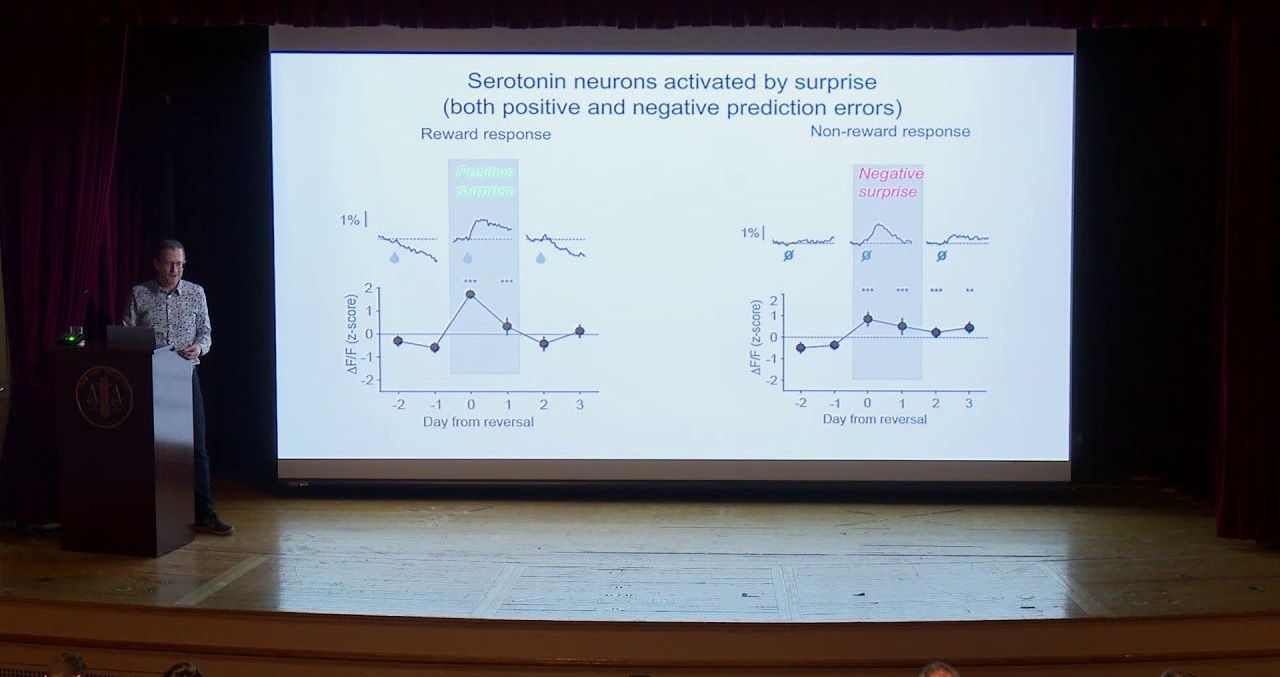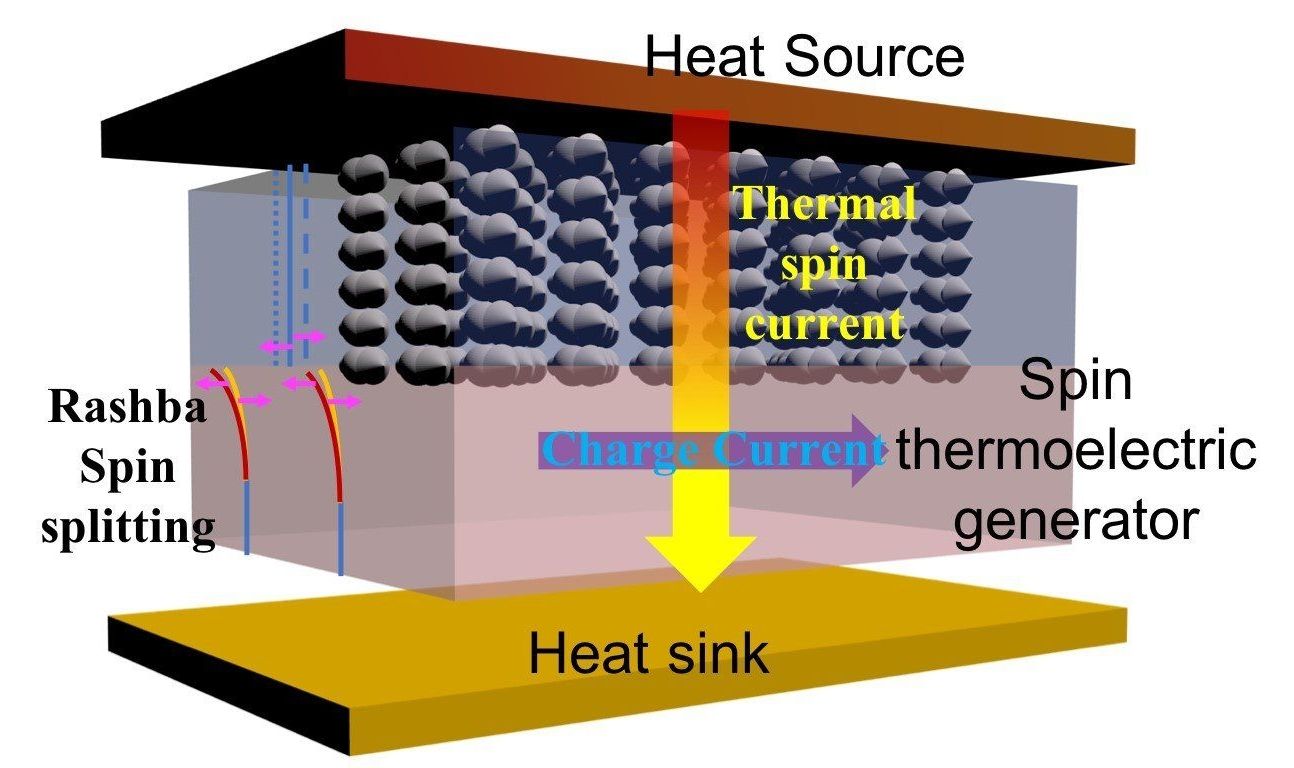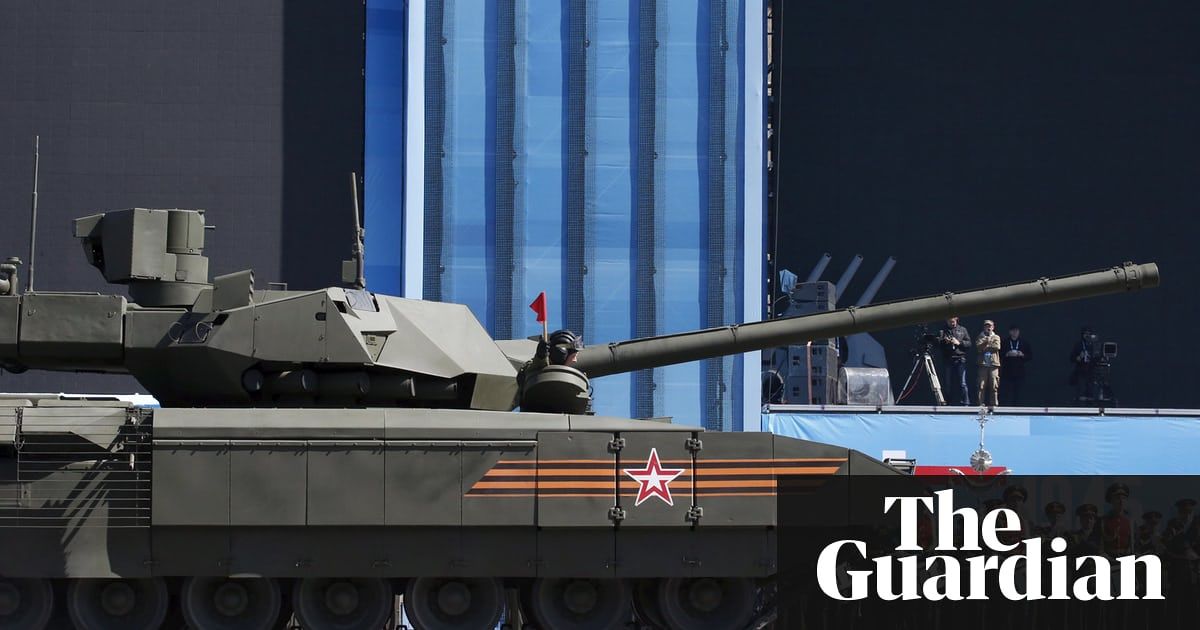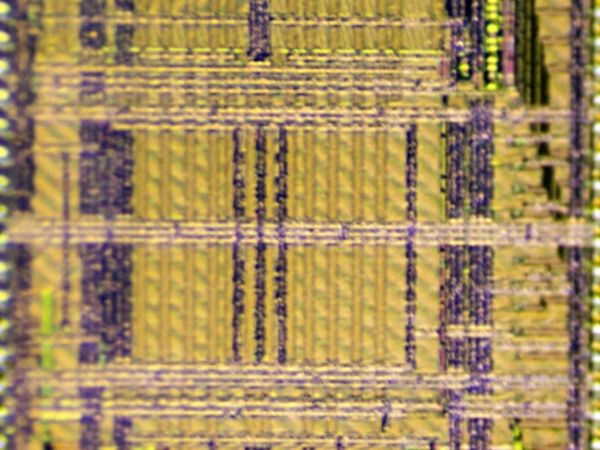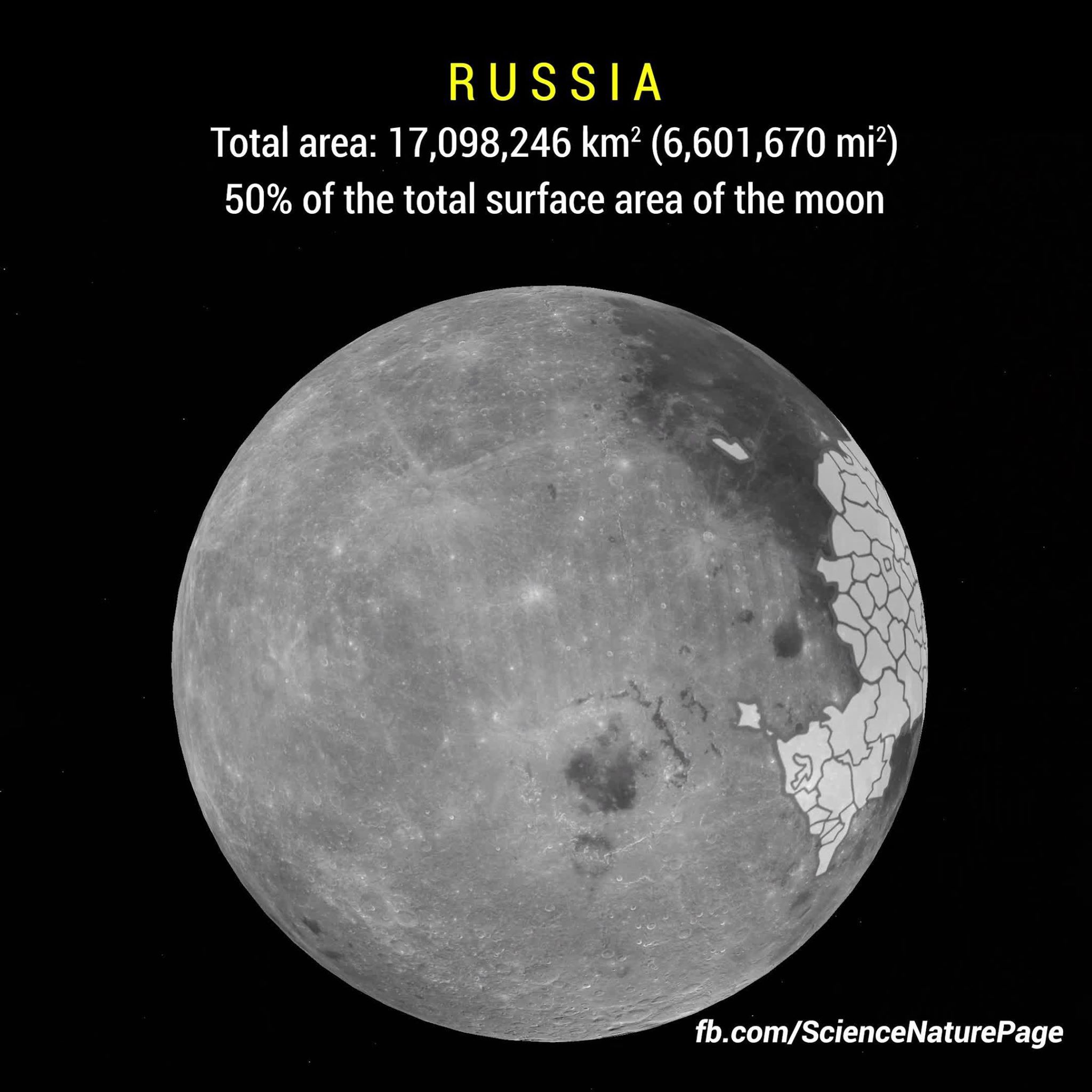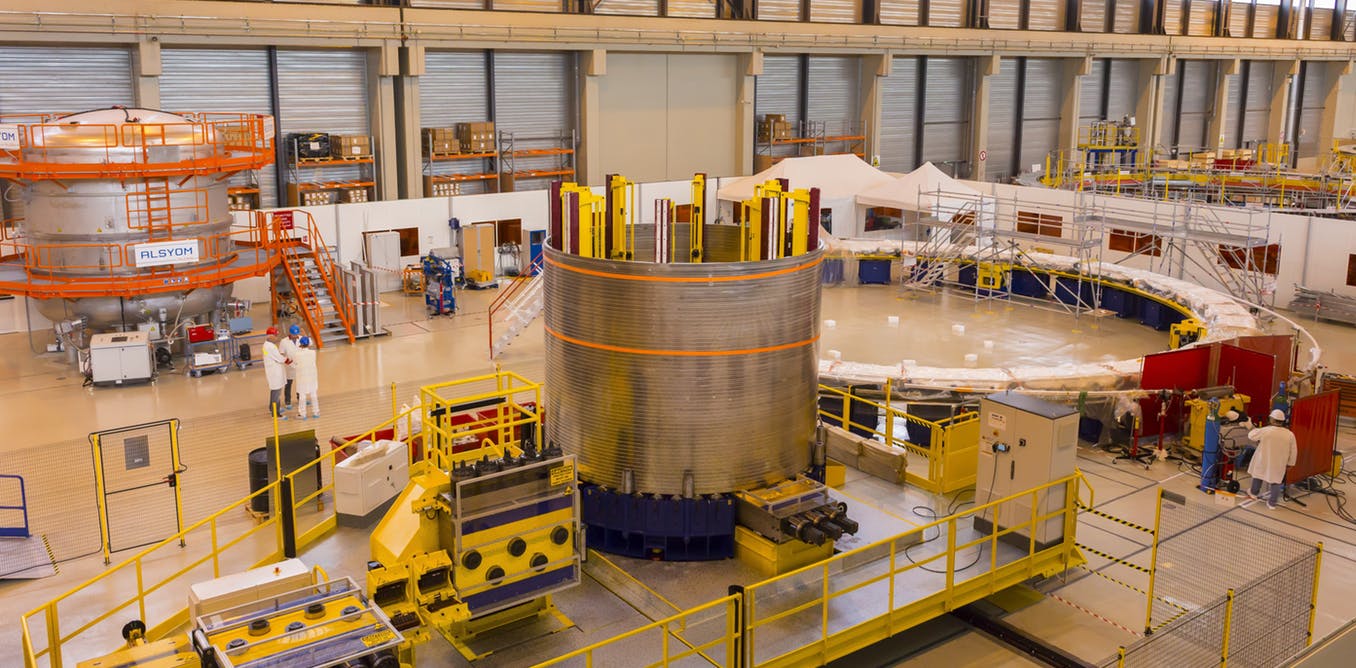Page 9861
Apr 10, 2018
This imaging sensor is powered by sunlight
Posted by Saúl Morales Rodriguéz in categories: solar power, sustainability
A simultaneous imaging and energy harvesting sensor is in the news. Samuel Moore at IEEE Spectrum informed readers that a team of four from University of Michigan published their paper describing what they achieved. They built a prototype sensor, and what it does—-think of a future camera that just about watches you non-stop—is described in the journal, IEEE Electron Device Letters.
The article is titled “Simultaneous Imaging and Energy Harvesting in CMOS Image Sensor Pixels.” The four authors are from University of Michigan: Sung-Yun Park, Kyuseok Lee, Hyunsoo Song and Euisik Yoon.
Their technology “puts the equivalent of a solar cell under each pixel,” said IEEE Spectrum.
Continue reading “This imaging sensor is powered by sunlight” »
Apr 10, 2018
International conference «Interventions to extend healthspan and lifespan»
Posted by Elena Milova in categories: biological, genetics, life extension

Kazan, Russia, April 23–25.
23–25 April 2018 in Kazan (Russia) will be a biogerontological conference with the following main topics:
Continue reading “International conference «Interventions to extend healthspan and lifespan»” »
Apr 10, 2018
Harnessing ‘Rashba spin-Seebeck effect’ phenomenon will enable commercial devices to turn waste heat into electricity
Posted by Bill Kemp in categories: computing, solar power, sustainability, transportation
Mechanical engineers at the University of California, Riverside, have reported success in using inexpensive materials to produce thermoelectric devices that transform low-level waste heat into electricity.
Their advance could enable a wide variety of commercial applications. For example, integrating thermoelectric generating devices into computer chips could enable the heat they produce to provide a power source. Waste heat from automobile engines could run a car’s electronics and provide cooling. Photovoltaic solar cells could be made more efficient by harnessing the heat from sunlight striking them to generate more electricity.
Also, using the same basic technology, economical thermoelectric refrigerators could be produced that would be more energy efficient and with fewer moving parts than refrigerators that use compressors and coolant. Current thermoelectric refrigerators are expensive and relatively inefficient. In essence, they operate in reverse of thermoelectric generators, with an electric current applied to generate a temperature gradient that could be used in cooling.
Apr 10, 2018
Elon Musk: We Must Leave Earth For One Critical Reason
Posted by John Gallagher in categories: asteroid/comet impacts, Elon Musk, existential risks, particle physics
In its early life, the Earth would have been peppered nearly continuously by asteroids smashing into our young planet. These fiery collisions made our world what it is today. It may seem like things have changed since then, given the vast assortment of life and wide blue oceans—and things have indeed changed. At least in some respects. However, Earth still receives thousands of tons of matter from space, but this is in the form of microscopic dust particles (as opposed to recurrent, energetic collisions).
Fortunately, in modern times, a large asteroid colliding with the surface of the Earth happens only very rarely. Nevertheless, it does happen from time to time.
As most are probably already aware, it is widely believed that an asteroid initiated the dinosaurs’ extinction some 65 million years ago. And more recently, the Russian Chelyabinsk meteor hit our planet in February of 2013. It entered at a shallow angle at 60 times the speed of sound. Upon contact with our atmosphere, it exploded in an air burst. The size of this body of rock (before it burned up and shattered) is estimated to be around 20 meters (across) and it weighed some 13,000 metric tons.
Continue reading “Elon Musk: We Must Leave Earth For One Critical Reason” »
Apr 10, 2018
Killer robots: pressure builds for ban as governments meet
Posted by Klaus Baldauf in categories: military, robotics/AI
Countries spending billions on ‘third revolution in warfare’ as UN debates regulation of AI-powered weapons.
Apr 10, 2018
To Speed Up AI, Mix Memory and Processing
Posted by Klaus Baldauf in categories: mobile phones, robotics/AI
New computing architectures aim to extend artificial intelligence from the cloud to smartphones.
Apr 10, 2018
New cancer stem cell marker also kills off cancer cells
Posted by Nicola Bagalà in category: biotech/medical
Fluorescent dye not only highlights but also kills cancer stem cells.
Korean and Singaporean scientists have recently proposed a new probe to detect cancer stem cells, and it might be an effective seek-and-destroy weapon against a variety of cancer types.
In a paper published in the journal Angewandte Chemie earlier this month, the researchers describe a fluorescent dye that they created to highlight cancer stem cells, and, as it turns out, the dye does more than that—it may actually be lethal to the cells it binds to [1].
Continue reading “New cancer stem cell marker also kills off cancer cells” »
Apr 10, 2018
Why nuclear fusion is gaining steam – again
Posted by Genevieve Klien in category: innovation
As fusion becomes more technically viable, it’s time to assess whether it’s worth the money because breakthroughs in the lab don’t guarantee success in the marketplace.
